Learn how carbon dioxide lasers lead to improved skin firmness and texture.
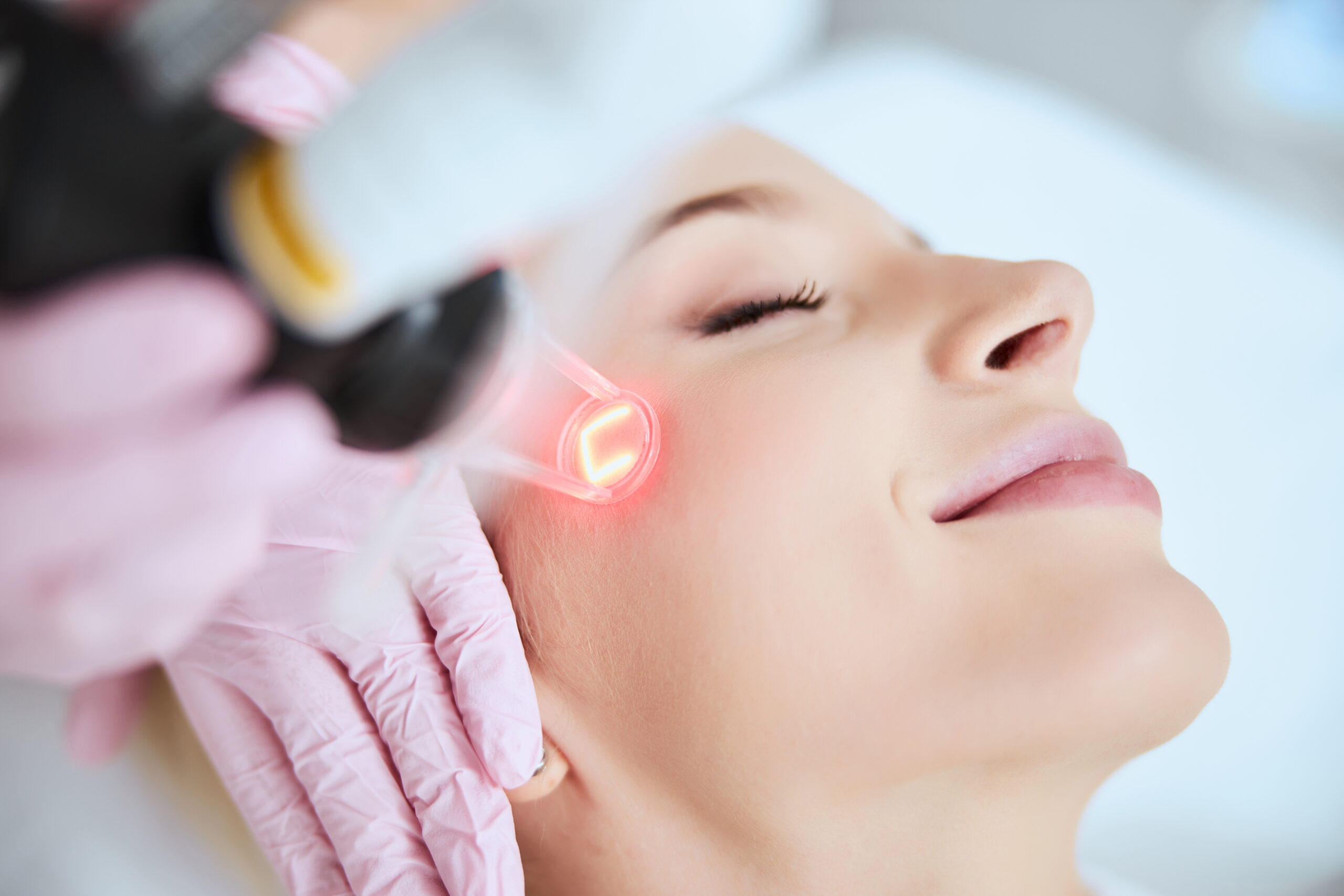
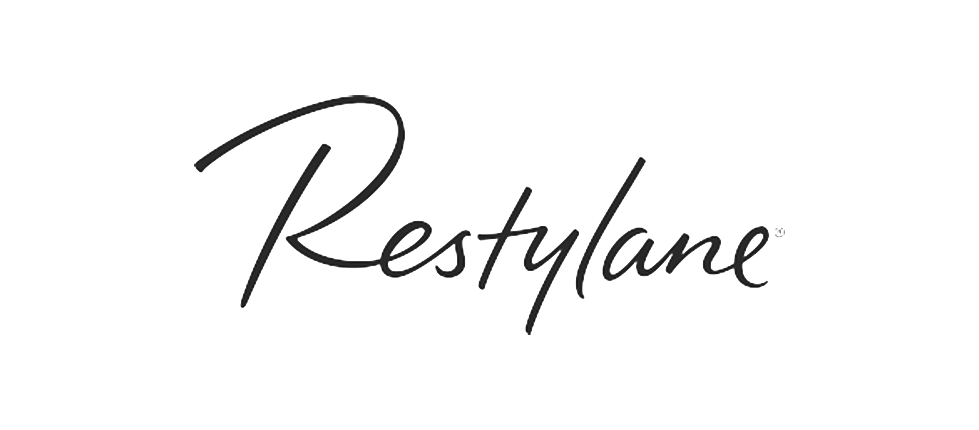
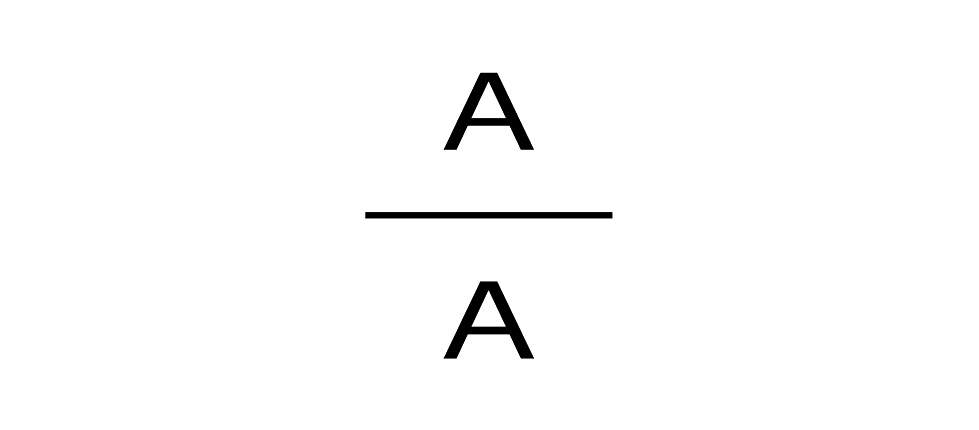

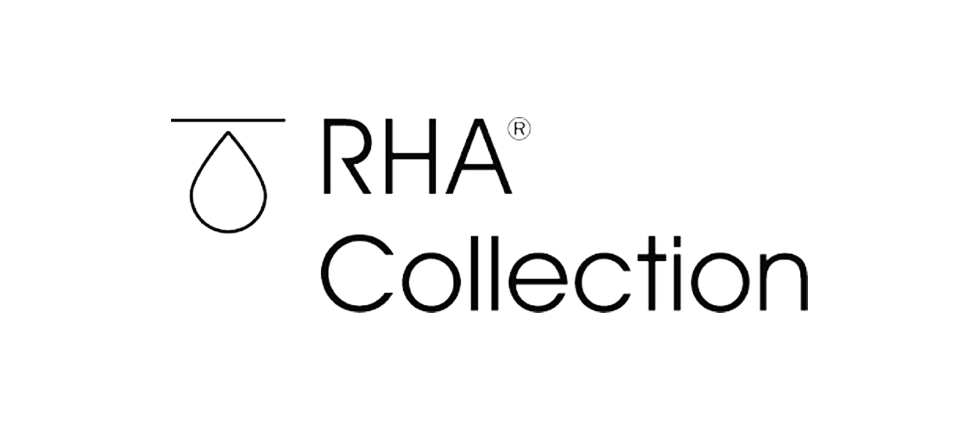
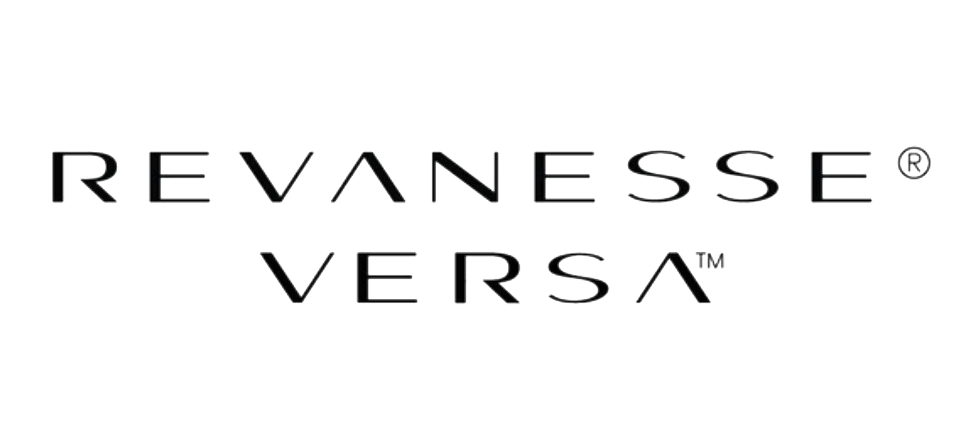
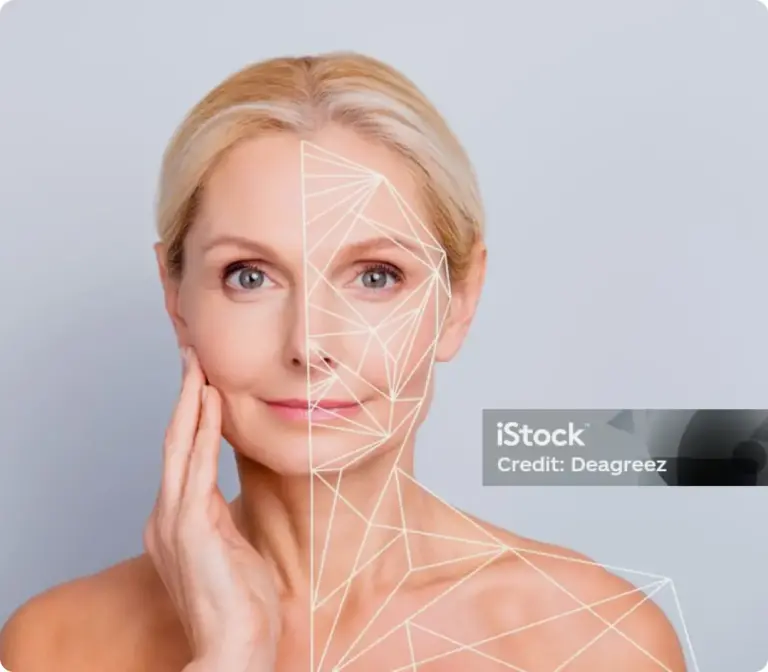

Providers typically achieve a patient’s desired outcome with just one CO2 laser treatment.
Fully ablative lasers are aggressive and typically require general anesthesia to suppress pain.
By removing only a portion of the skin, fractional lasers are less aggressive than fully ablative procedures.
CO2 lasers remove thin layers of skin and treat a range of skincare concerns.
Medically reviewed by
Cayla Nessler | Certified Physician Assistant
The carbon dioxide laser, commonly known as the CO2 laser, uses targeted light beams to resurface the skin. Since its introduction in the 1980s, this laser has gained significant popularity in skin rejuvenation, particularly for addressing the effects of aging and skin damage.
CO2 laser resurfacing procedures provide a comprehensive solution for facial treatment, effectively addressing a wide range of concerns, including wrinkles and scars.
There are two types of CO2 lasers: fully ablative and fractional. The primary differentiator is how much skin each type of laser removes.
As the name suggests, fully ablative CO2 lasers entirely ablate the treated area. They eliminate all superficial skin impacted by the laser beam and elevate the temperature of the deeper dermal layer to initiate a regenerative healing response that produces new collagen and elastin.
These treatments are intense, typically necessitating general anesthesia, and require a minimum downtime of two weeks. Paradoxically, these lasers may cause more pigmentation complications and are only recommended for individuals with fair or light skin tones.
On a positive note, a single CO2 laser treatment is typically sufficient to achieve the desired outcome.
Fractional CO2 lasers emit a partial light beam that targets a fraction of the skin in pixelated patterns. Medical professionals customize the extent and depth of treatment based on individual skin concerns.
By selectively removing only a portion of the skin, fractional laser treatments are less aggressive than fully ablative laser procedures. While these treatments may induce deeper remodeling and regeneration, they are generally more effective for surface-level improvements.
CO2 laser resurfacing is typically an outpatient procedure lasting 30 minutes to two hours, depending on the treatment area size and desired intensity.
To mitigate potential risks, medical professionals often advise prepping the skin with either a topical medication containing tretinoin or a skin depigmentation agent.
Before the procedure, your provider administers local anesthesia to numb the area and may provide an oral sedative for relaxation. Patients receiving general anesthesia need to make arrangements for post-treatment transportation.
During the procedure, the handheld laser device is moved across the treatment area, emitting a powerful beam of light in a grid-like pattern. Under general anesthesia, there’s no sensation. With local anesthesia, you may feel a snapping sensation.
Afterward, your skin is coated with ointment and dressings.
Visible outcomes depend on treatment intensity and healing duration. Noticeable results typically appear after the redness goes away, taking weeks for fractional treatments and months for fully ablative ones.
Clients see immediate improvements post-healing, but collagen-enhancing effects take a few months to develop as new cells and proteins form.
With proper skin care and sun protection, results can last several years. Providers recommend regular hydration, antioxidant-rich products, and high-SPF sunscreen to prevent recurring damage.
However, skin aging is inevitable, necessitating ongoing maintenance. Continuous laser treatments or other rejuvenation therapies can help sustain results over time.
Fully ablative CO2 treatments pose significant risks, including burning and scarring due to the complete removal of surface skin layers. Healing can be intense, with weeks of swelling, scabbing, and redness. Adhering strictly to post-treatment instructions, including cleansing and moisturizing, is crucial to minimize infection risk. Your provider may prescribe antibiotics.
Fractional CO2 treatments carry fewer risks but can still cause burning and scarring, particularly for those with medium to deep skin tones. Following a doctor’s guidance is essential for healthy healing and infection prevention.
Avoid CO2 lasers for active acne as they can exacerbate inflammation and bacterial spread. Those who are currently on Accutane therapy, or who have been within the past six to 12 months, should also refrain from CO2 treatment due to impaired healing capabilities.
Inform your doctor of any history of cold sores so you can receive antiviral medication before treatment to prevent flare-ups.
The ideal candidate for fully ablative treatments is an individual with fair to light skin tone who exhibits signs of wrinkled, sun-damaged, or scarred skin. It is important to note that individuals with only fine lines or mild discoloration do not require the intense CO2 laser treatment.
For those with medium to deep skin tones (Fitzpatrick skin types IV-VI), fractional CO2 laser treatments present a viable option, as they remove only a fraction of the skin’s surface and pose minimal risk of pigmentation issues. Anyone with melanated skin should seek a provider with extensive experience treating their skin type.
Ablative laser: $2,500 to $3,000.
Fractional (non-ablative) laser: $1,000 and $1,500 per treatment.
These prices are subject to significant variation based on various factors such as the geographical location of the provider, their qualifications, the level of intensity of the treatment, the size of the treatment area, and the number of sessions required.
The CO2 laser passes electricity through a gas-filled tube, creating a light beam with a specific wavelength. This light is then concentrated into short beams, which selectively target water molecules and cause skin cells to vaporize. By removing the outermost layer of the epidermis, the laser paves the way for fresh, unblemished skin to grow.
Volume restoration refers to replenishing lost volume in specific areas of the face.